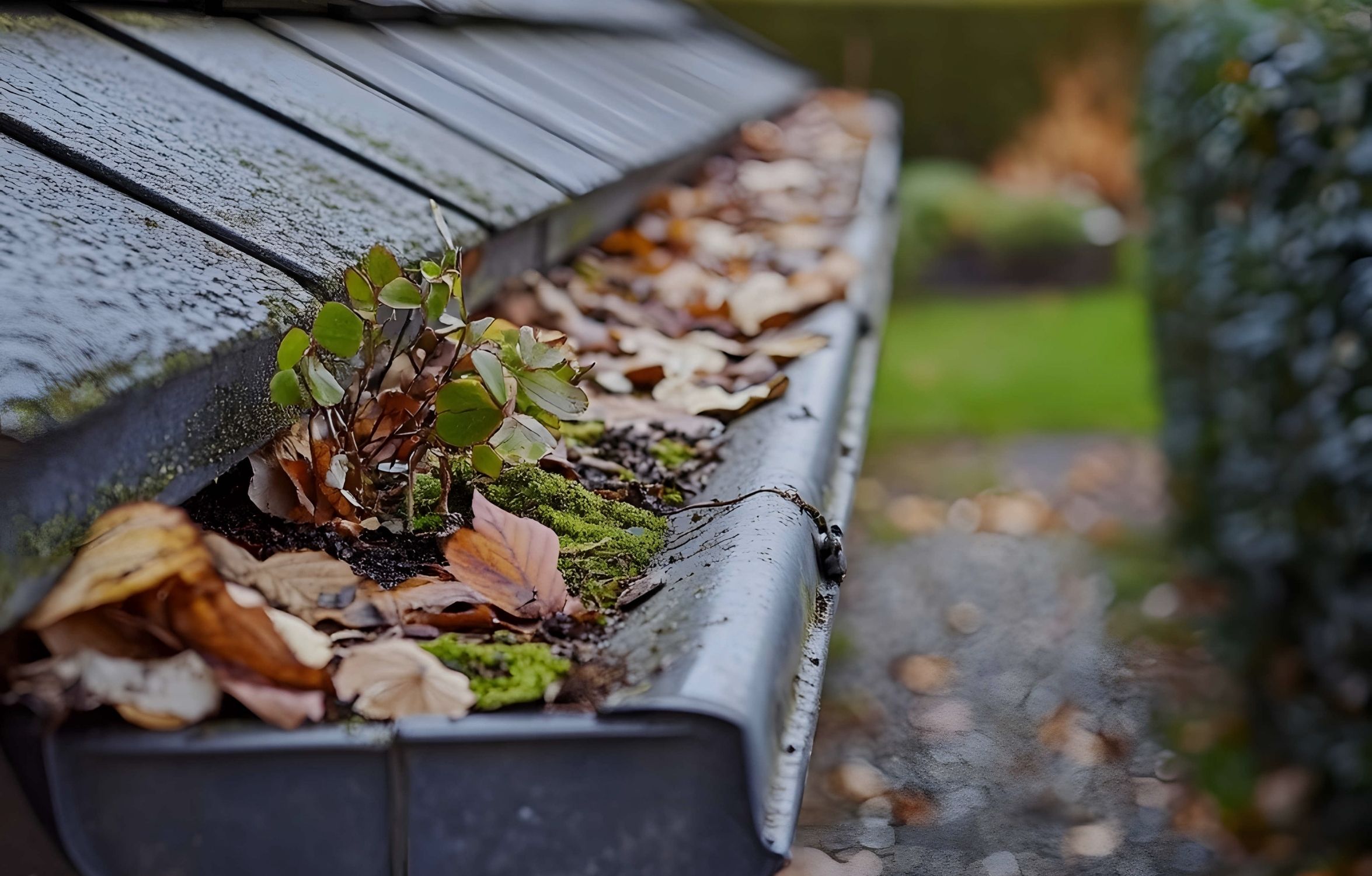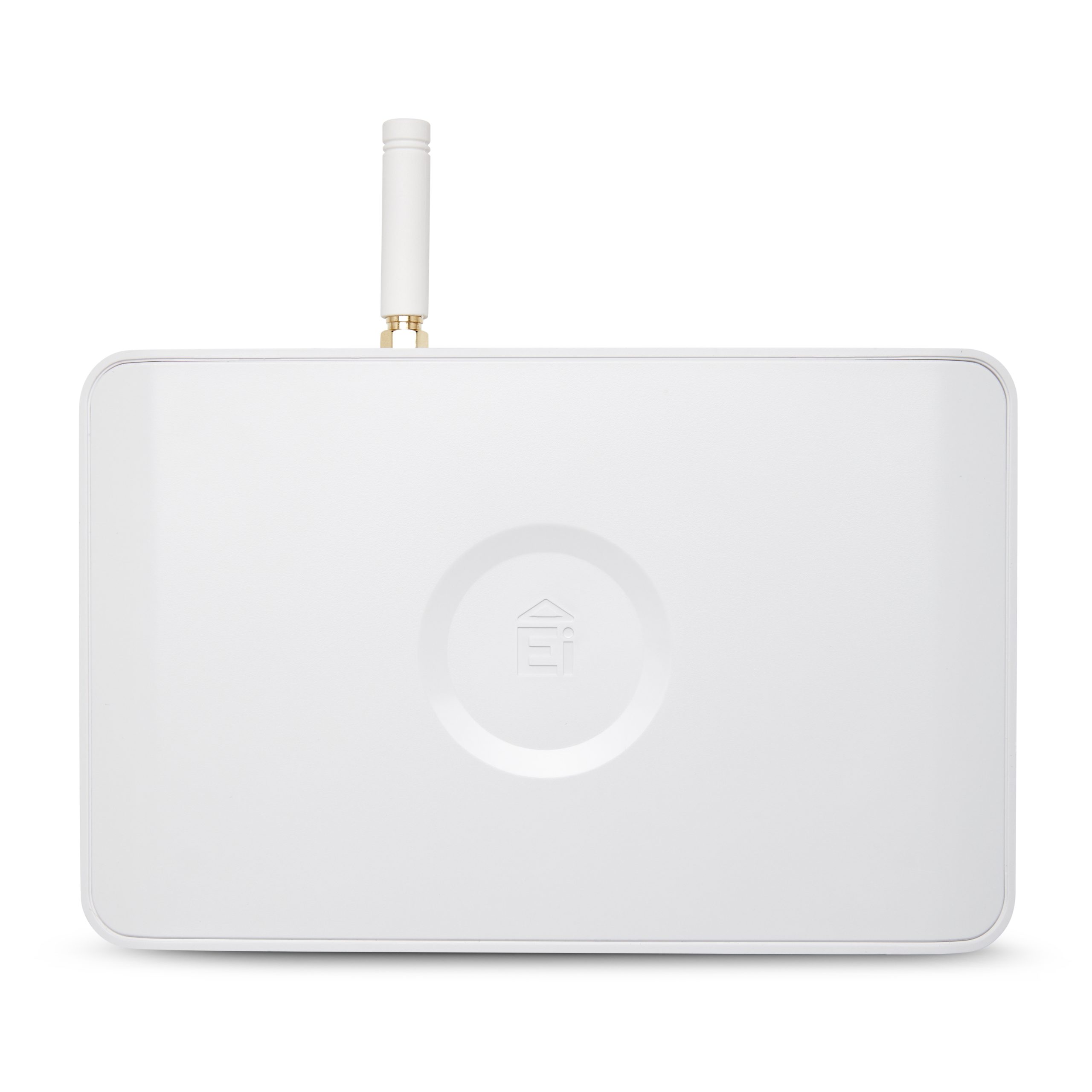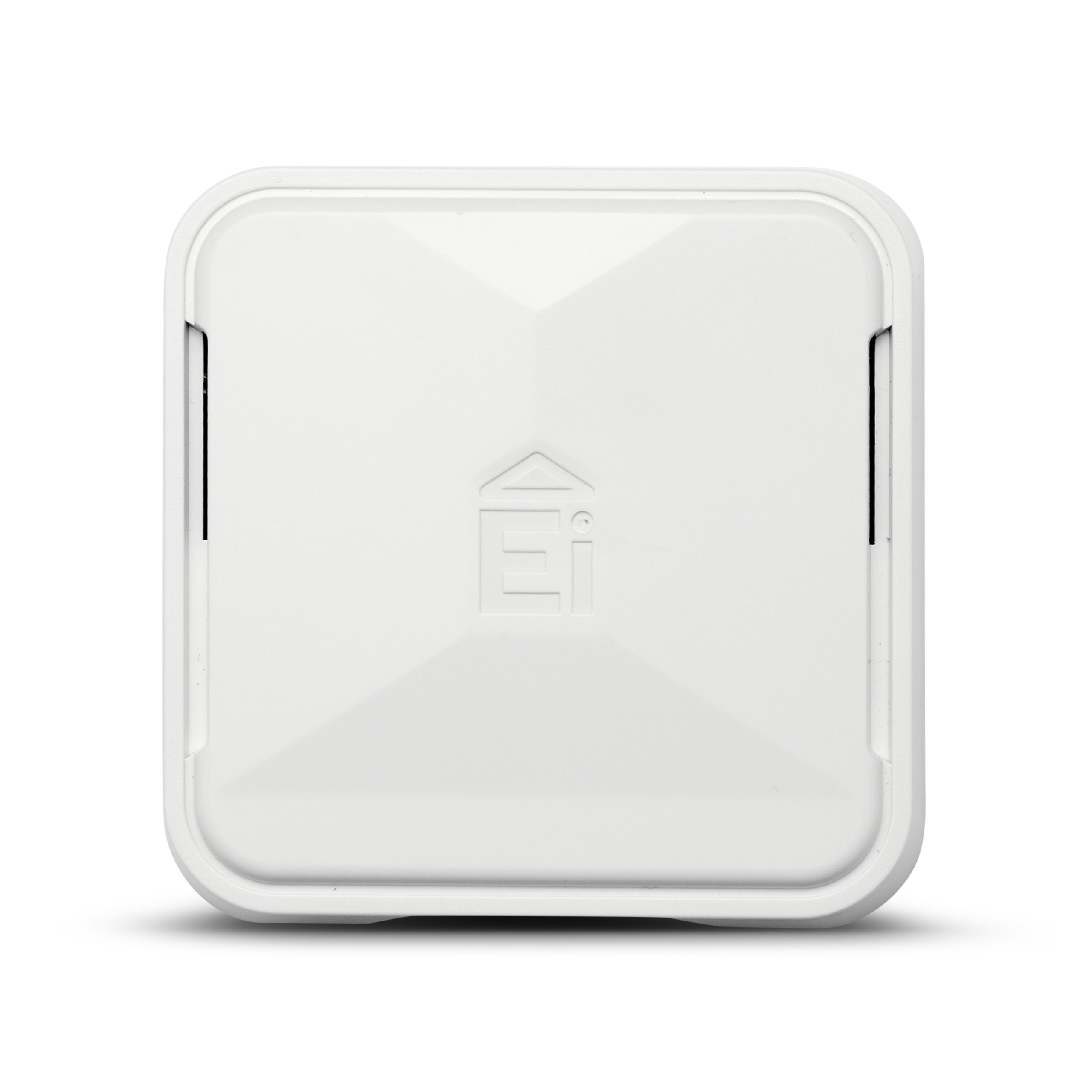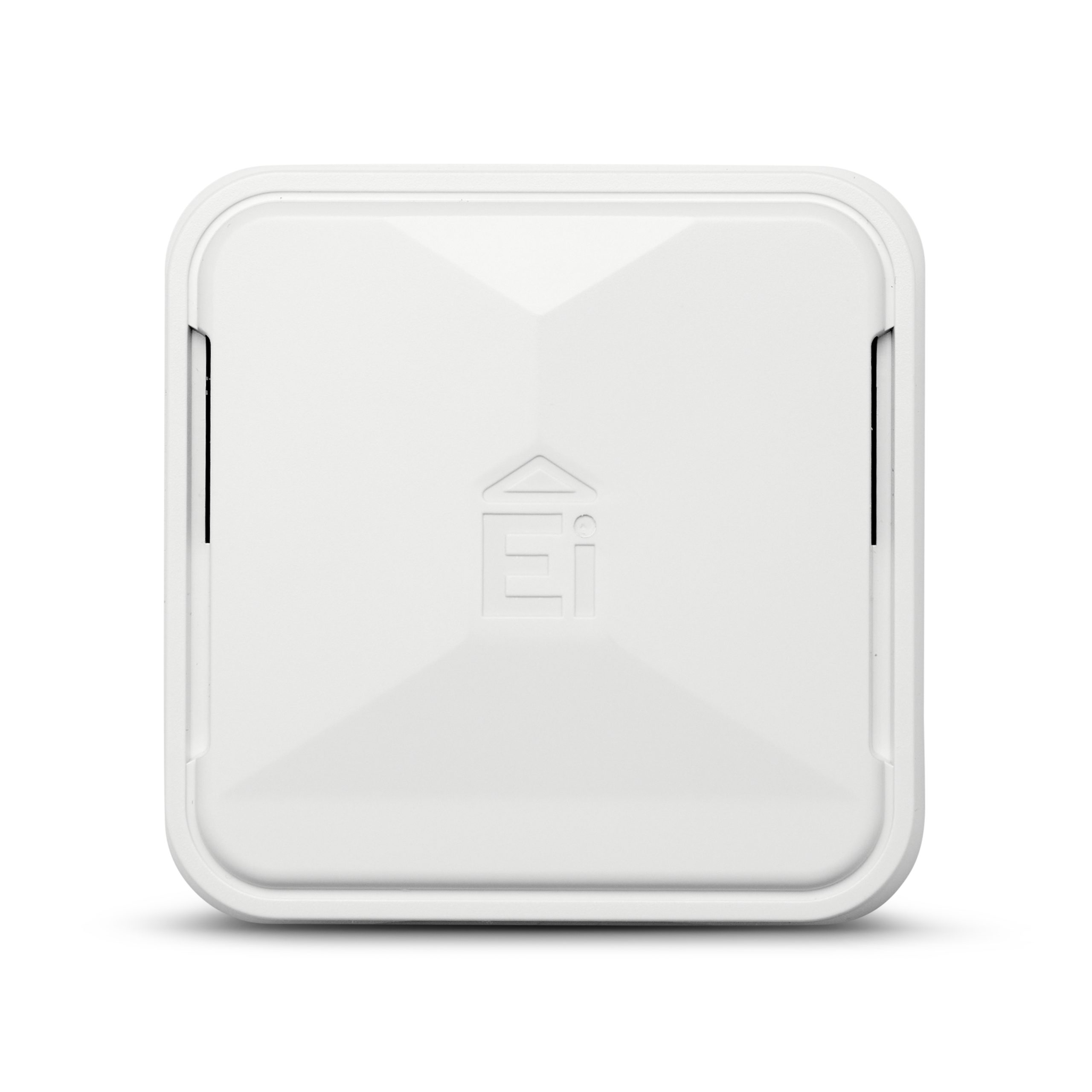Top Tips for Damp and Mould this Autumn

As the days grow shorter and the weather turns colder, many UK households start to see the familiar signs of damp and mould. The drop in temperature encourages condensation, while heavy rainfall can expose leaks and weak spots in your home. Left unchecked, damp and mould doesn’t just damage your property, it can also have an impact on your health too.
Here are some practical steps you can take this autumn to keep your home fresh, dry, and mould-free.
Ventilation
Ventilation is your first line of defence. Even during the colder months, it’s important to let fresh air circulate:
- Open windows for at least 10 minutes a day, especially in bathrooms and kitchens.
- Use extractor fans when cooking, showering, or drying clothes indoors.
- Make sure vents aren’t blocked.
Manage Heat and Humidity
Condensation forms when warm air hits cold surfaces. To reduce the risk:
- Keep your home at a steady, consistent temperature, avoiding drastic changes.
- Use your heating wisely, warming the whole house slower rather than quicker.
- Check your insulation to prevent cold spots where damp can settle.
Control Everyday Moisture
Daily habits make a big difference:
- Dry clothes outside when possible or use a vented tumble dryer.
- If you must dry clothes indoors, place them in a well-ventilated room with the door shut, or use a dehumidifier.
- Put lids on pans when cooking to reduce steam.
Stay on Top of Condensation and Mould
Small steps can prevent a small problem becoming a big one:
- Wipe down condensation from windows and sills each morning.
- Tackle early signs of mould straight away with an anti-mould spray or diluted bleach (always wear gloves and ensure you have good ventilation).
- Avoid overcrowding rooms with furniture, so air can circulate freely.
Inspect and Maintain Your Home
Autumn weather often highlights maintenance issues:
- Clear gutters and downpipes to prevent overflowing water from seeping into walls.
- Check your roof for slipped tiles.
- Inspect walls for damaged render or pointing that might allow water to get in.
- Look behind wardrobes and in corners for hidden patches of mould.
Alongside good habits and regular maintenance, technology can also play a powerful role in tackling damp and mould. The Gateway is designed to give you visibility of conditions in your home by collecting data from the Connected Environmental Sensors. By monitoring key factors such as temperature, humidity and carbon dioxide levels, the Gateway provides real-time insights into the environment around you.
This means you can spot the conditions that encourage damp and mould before they become a visible problem. For example, if humidity levels are consistently high in a particular room, the Gateway will highlight it, allowing you to take action, whether that’s increasing ventilation, adjusting heating, or using a dehumidifier. The data it provides helps you to understand patterns in your home and offers time to implement small changes that can prevent bigger issues.
For landlords and housing providers, the Gateway also offers an invaluable overview across multiple properties. It helps to identify where damp and mould risks are emerging, so that preventative steps can be taken early on, reducing costly repairs and improving residents’ wellbeing.






